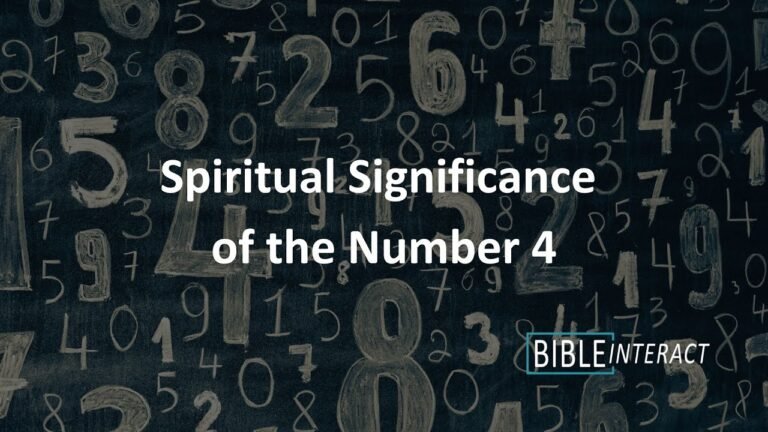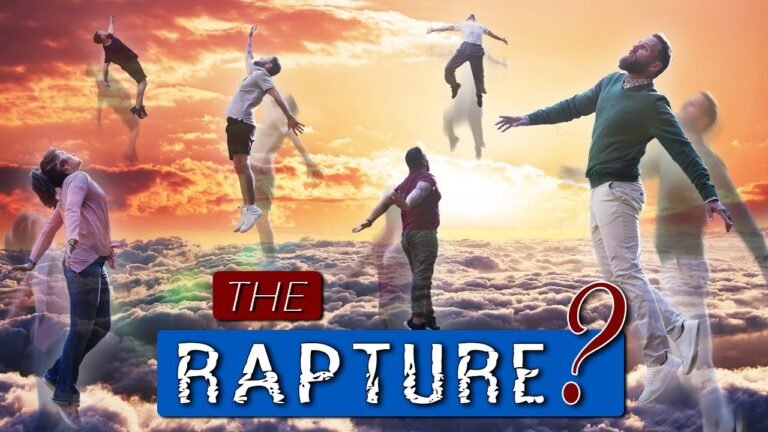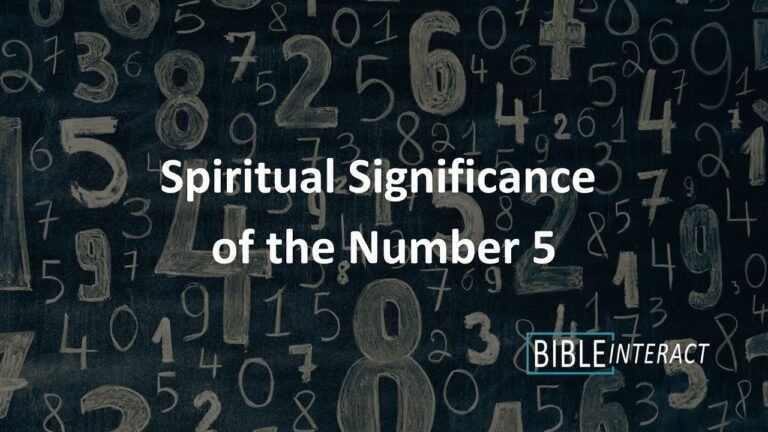Visualizing a Cherubim: Features and Symbolism
Cherubim, often depicted as celestial beings in religious art and literature, captivate the imagination with their unique and striking appearance. Traditionally described as having multiple wings and a radiant presence, these angelic figures are commonly associated with divine protection and guidance. In various cultures, their representations vary, but they consistently embody a sense of awe and mystery. So, what does a cherubim look like? Delving into their visual characteristics reveals a fascinating blend of symbolism and artistry that has evolved over centuries.
How are cherubim described in the Bible?
In the biblical texts, cherubim are depicted with striking and complex features that capture the imagination. According to the book of Ezekiel, these celestial beings possess four distinct faces and four wings, making them appear both majestic and formidable. Each cherub has human hands and feet that resemble those of a calf, emphasizing their unique hybrid nature and their role as guardians of divine mysteries.
The description of cherubim is further enriched by the presence of the ophanim, often referred to as the wheels that accompany them. These wheels are described as being covered with eyes, symbolizing an all-seeing presence and the ability to move in any direction without turning. Together, the cherubim and ophanim create a dynamic image of heavenly beings that are intricately connected, reflecting the complexity of the divine order.
Overall, the imagery of cherubim and their accompanying wheels in Ezekiel paints a vivid picture of the supernatural realm, where these beings serve as protectors and messengers. Their extraordinary forms and movements illustrate the profound mysteries of faith and the awe-inspiring nature of the divine, inviting readers to contemplate the deeper meanings behind these celestial figures.
What is the size of the cherubim mentioned in the Bible?
In the Bible, cherubim are described as majestic beings, with a remarkable height of 15 feet. This grandeur is showcased in the inner sanctuary of the Temple, where two identical cherubim were placed side by side, creating an awe-inspiring sight. Their impressive wingspan extended from wall to wall, emphasizing their divine presence and significance.
The intricate design of the cherubim adds to their splendor, as their inner wings touched at the center of the room, symbolizing unity and connection. These celestial figures not only serve as guardians of sacred spaces but also embody the grandeur of the divine, inviting reverence and contemplation from all who enter.
What distinguishes an angel from a cherub?
Angels and cherubim are both captivating figures found in biblical texts, yet they embody distinct characteristics that set them apart. Angels are often depicted with human qualities, including the ability to communicate in a relatable manner and the possession of human-sounding names. Interestingly, many descriptions of angels do not emphasize wings, which adds to their enigmatic nature.
On the other hand, cherubim present a more complex image. These beings are described as having a blend of human and animal features, creating a striking visual that evokes both wonder and intrigue. Unlike angels, cherubim are typically illustrated with wings, which enhances their ethereal presence and reinforces their role as guardians and divine messengers.
While both angels and cherubim hold significant roles in spiritual narratives, their differences highlight the rich tapestry of imagery and symbolism within religious texts. The human-like qualities of angels contrast with the fantastical attributes of cherubim, offering a diverse understanding of spiritual beings and their functions in the divine realm.
Unveiling the Divine: The Characteristics of Cherubim
Cherubim, often depicted in art and literature, embody a unique blend of majesty and mystery within the celestial hierarchy. Traditionally portrayed with multiple wings and a radiant presence, these divine beings serve as guardians of sacred spaces, bridging the earthly and the heavenly. Their role transcends mere protection; they symbolize divine wisdom and the profound connection between humanity and the divine. This duality invites contemplation on the nature of spirituality, as cherubim epitomize both the awe-inspiring and the approachable aspects of the divine.
In various religious texts, cherubim are frequently associated with the themes of enlightenment and revelation. Their presence signifies a call to seek deeper understanding and connection with the divine principles that guide existence. As messengers of God, they inspire believers to explore the mysteries of faith and the universe. By embodying both strength and gentleness, cherubim remind us that the journey toward spiritual enlightenment is filled with wonder, urging us to embrace the divine within ourselves and the world around us.
Beyond the Halo: Exploring Cherubic Symbolism
In the intricate tapestry of religious iconography, cherubs often emerge as captivating figures that transcend their traditional associations with innocence and divine love. These celestial beings, typically depicted as plump, winged children, symbolize not only purity but also the bridging of the earthly and the divine. Their presence in art and literature invites deeper reflection on the nature of protection and guidance, serving as reminders of the spiritual realm’s watchful guardianship. By exploring the multifaceted symbolism of cherubs, we uncover layers of meaning that resonate with our quest for connection, hope, and understanding in a world often shrouded in uncertainty.
The Art of Angels: Cherubim in Culture and Faith
Throughout history, cherubim have captivated the imagination as symbols of divine presence and protection, transcending their biblical origins to become cultural icons. Often depicted as chubby, winged infants in Renaissance art, they evoke a sense of innocence and purity, embodying the playful spirit of divine love. In various faiths, these celestial beings serve as intermediaries between the earthly and the divine, inspiring both reverence and wonder. From their portrayal in sacred texts to their influence in literature and popular culture, cherubim continue to enchant and remind us of the delicate balance between humanity and the divine, inviting us to explore the deeper meanings of faith and spirituality.
A cherubim, often depicted as a celestial being with a mix of angelic features, presents a fascinating blend of beauty and mystery. With multiple wings, vibrant colors, and an aura of divine presence, these figures capture the imagination and evoke a sense of wonder. Their portrayal across various cultures and artistic interpretations highlights their significance in spiritual narratives, making them not just symbols of innocence but also guardians of profound truths. Understanding what a cherubim looks like deepens our appreciation for the rich tapestry of mythology and art that continues to inspire us today.







